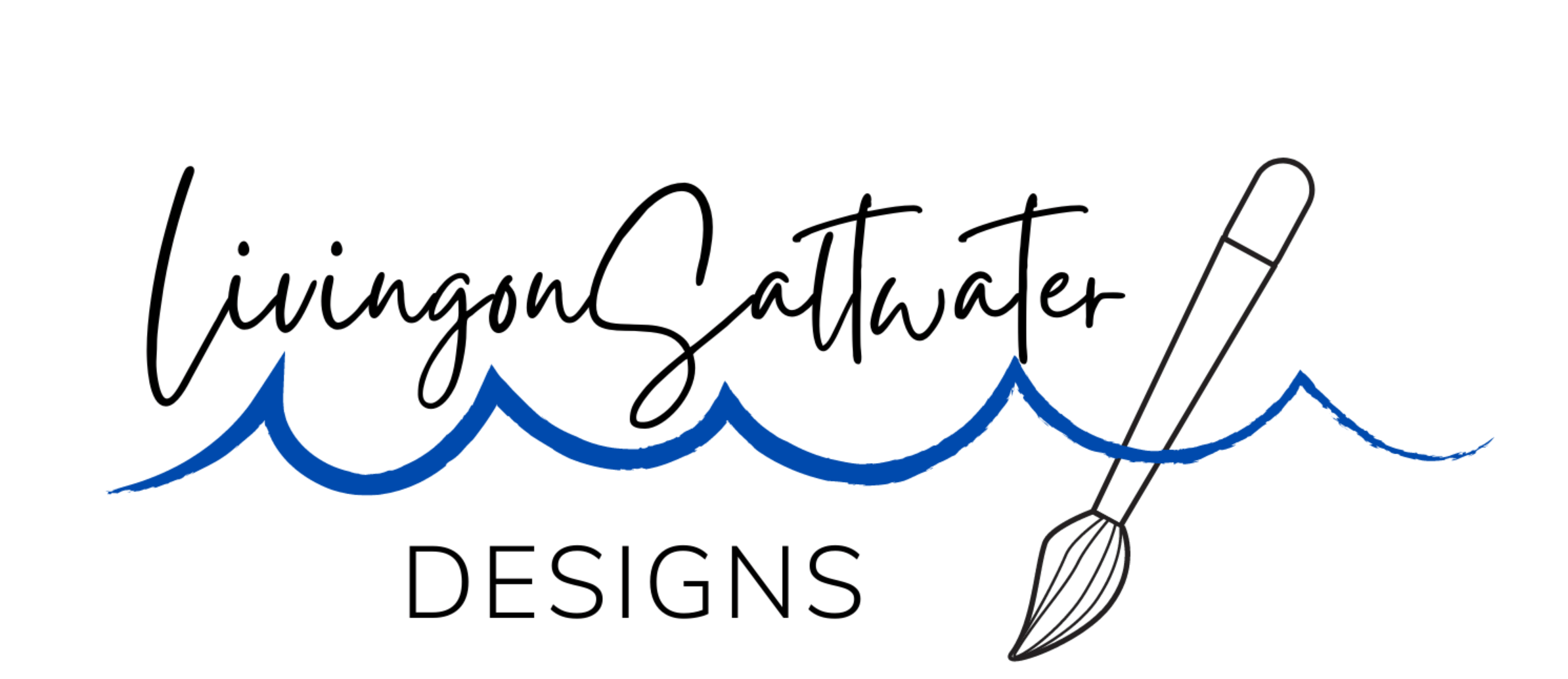What’s a piece of furniture without a decorative throw pillow that is only for looks with no functionality? It’s a plain and boring chair! I don’t know why I decided my new gray chair in the guest room NEEDED a throw pillow, but here we are. Throw pillows look pretty, and they all come with this unwritten sign of “you can look but you CAN’T touch.” It reminds me of that scene in Along Came Polly where Ben Stiller has a MILLION throw pillows on his bed and carefully removes them every night. #ain’tgottimeforthat.
I think I reasoned that this was an easy project and something the chair needed because I already had a pillow insert and I felt like the gray was a little boring. I’ve made pillows before, they’re pretty easy. This time I decided to make one a little more fancier and add some piping along the edge. It wasn’t too awful of an experience, but it is much quicker and easier to make a pillow without the piping.
The pillow insert I had in stock was 18” X 18”. It might be a little too big for this chair, but I can always switch it out for one of the other smaller throw pillows on the bed. I went to the local Joann’s to find some fabric and fell in love with this blue/green/teal leaf print. You can find it at Joann’s, here. It was on sale, and I had a coupon! For this pillow I bought ¾ of a yard of fabric (the bolt is 54” wide).

I bought some ¼ inch piping of Amazon, here (I have a ton of this stuff now). To put the piping together, I cut 2” strips of the fabric so that I would have a total of 75” (the perimeter of the pillow is 72” and needed a little bit of buffer for seam allowance). Then I used the zipper foot on the sewing machine to make the piping, just like I discussed in my upholstery post, here.


I like to make pillow coverings that are easy to remove. My go-to method is to have a solid panel on the front and two overlapping panels in the back where you can easily adjust the insert. For this pillow, the front panel was cut to be 18.5” X 18.5”. Then the two back panels were cut so that each was 18.5” X 12”. Here’s a quick chart to help figure out what size to cut your fabric for various pillow sizes.

The next step is to sew the piping on to the fabric. You could probably sandwich it between the front and the back panels, but since this was my first time working with piping, I did it individually. I pinned the piping onto the front panel so that the round part of the piping face the center of the fabric and the seam of the piping lined up with the edge of the fabric. For the corners, I cut a couple small slits so that the piping would round the corner and lay flat. BUT be careful not to cut too far and clip the seam holding the piping together. Also, make sure your sewing machine foot is situated so that the seam is as close to the piping as possible. You do not want the seam from the piping showing in the final product.

Once the piping is sewed to the front panel, pin on the back panels so that the good side of the fabric is facing each other.

After everything is sewed together, I like to clip the excess fabric off of the corners before turning it right side out. It helps the corners fill out properly and lay flat without the extra bulk material all in one spot.

Then the only thing is to stuff the pillow insert inside and let it look pretty!







